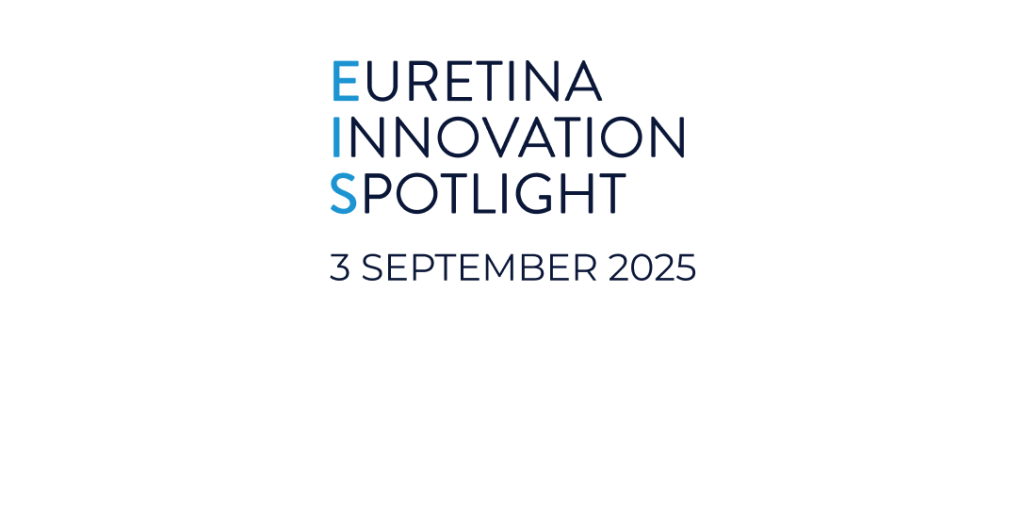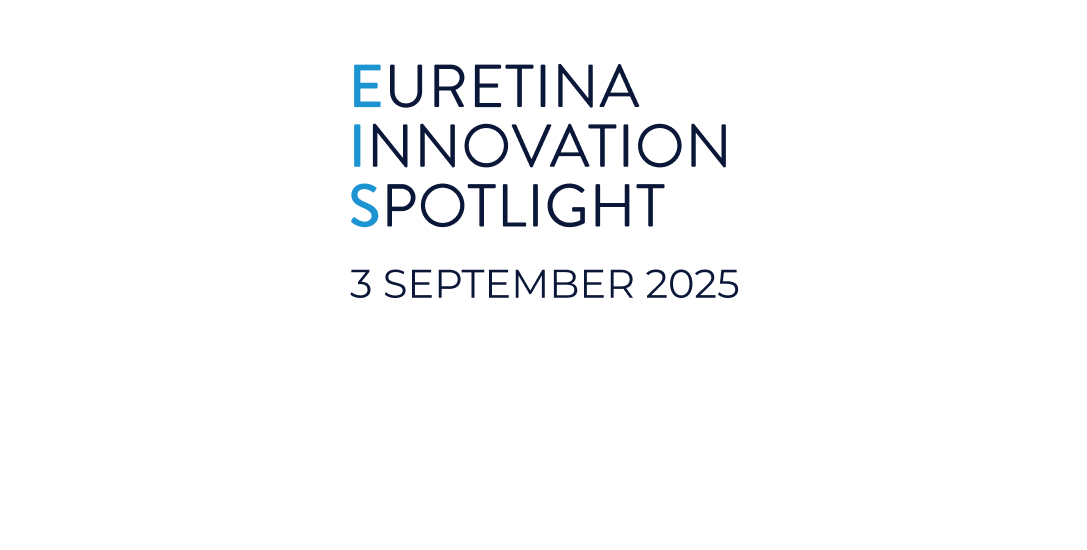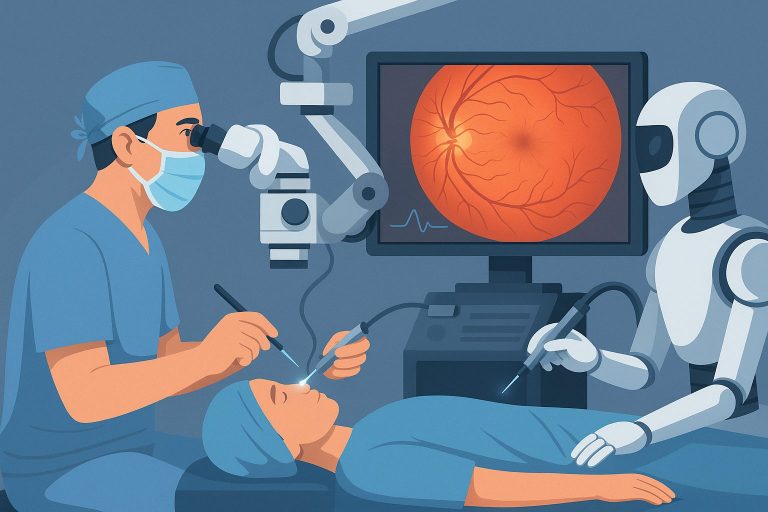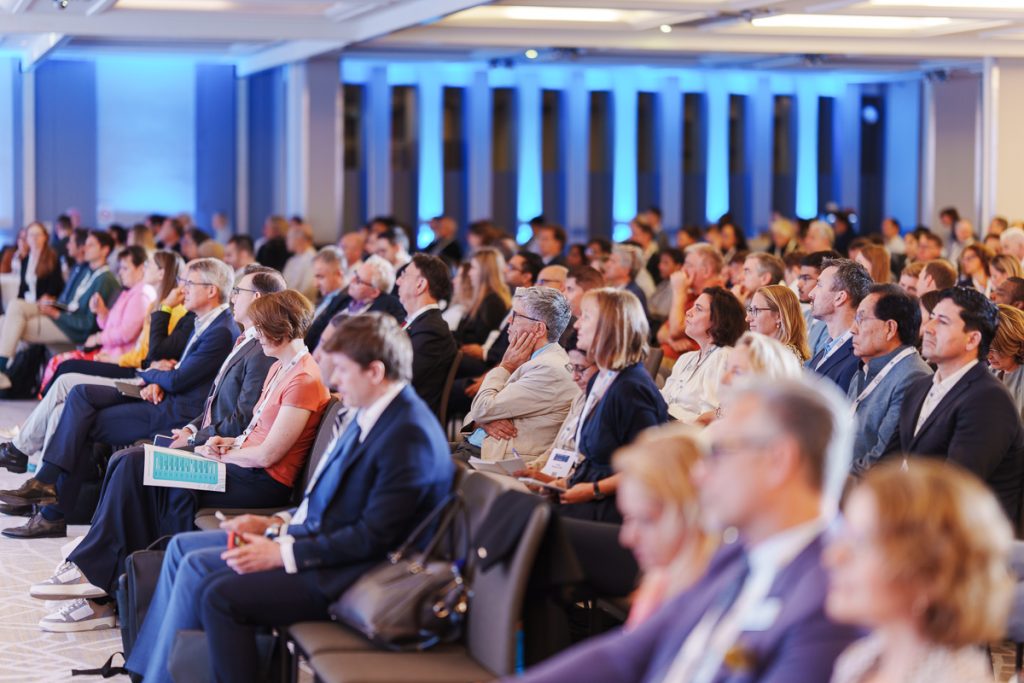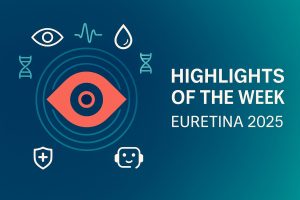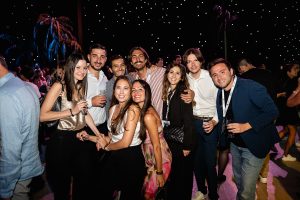Registrants choosing to attend “RetinaTECH: When Surgery Meets Technology” on Friday morning heard about engineering advances for improving various aspects of vitreoretinal surgery.
In the first presentation, Dr. Mario Romano (Italy) discussed research investigating the thermodynamics of vitrectomy, a topic that he said could be helpful for refining vitrectomy systems. He addressed four questions: 1) Are there changes in temperature during vitretomy?; 2) How can temperature be controlled?; 3) Are there any advantages with compounds used during pars plana vitrectomy by controlling temperature?; and 4) Are there any biological advantages to controlling temperature during vitreoretinal surgery.
Dr. Romano concluded that temperature control is something that could be leveraged to reduce iatrogenic retinal damage and said that a phase 1 study is being planned to further investigate this idea.
27-gauge vitrectomy
Dr. Mitrofanis Pavlidis (Germany) discussed 27-gauge vitrectomy, including the advantages of this approach, the best indications, and technical tricks and tips for optimszation. As one example, Dr. Pavlidis highlighted how increased endoillumination can be achieved by combining an illuminated depressor with a digitally enhanced chandelier light on the 3D monitor.
He also discussed innovations relating to flow with a focus on an improved vitreous cutter (TDC VELOCE; DORC Zeiss) that he developed in cooperation with DORC. Dr. Pavlidis presented findings from in vivo and in vitro studies showing that the new cutter provides significantly higher flow rates and higher stiffness, making 27-gauge vitrectomy feel similar to 25-gauge vitrectomy in both flow and rigidity. As another advantage, the instrument had increased tip suction force.
New approach to fluidics
Dr. Steve Charles (United States) presented a new approach to fluidics. He began with a whirlwind tour through the evolution of infusion and aspiration systems and described a current advanced fluidics system found in the Unity VCS (Alcon) that utilises electronic servo-controllers and associated software to optimise response time and surgeon control.
Describing this system, Dr. Charles said that real-time sensing of both flow and pressure/vacuum in both the infusion and aspiration circuits, time sensitive networking and fast processors, and especially elimination of air-over-fluid infusion and aspiration and very fast rotary valves have enabled software defined fluidics.
Cut rate enigma
Dr. Tomasso Rossi (Italy) spoke about research conducted to explore the “cut rate enigma”.
Explaining this topic, he said, “We all think that if we increase cut rate, the fragments of vitreous will become smaller and smaller. This puzzled me for some time.”
Based on his findings, Dr. Rossi said that it is not the blade that cuts the vitreous into fragments but most likely shear stress, extensional stress, and extremely high shear/turbulence. In the end he proposed that the physical concepts describing vitreous cutting will guide developers to design a new generation of more efficient instruments that work in a completely different way.
Flow during vitrectomy
Flow during vitrectomy was also discussed by Dr. David Steel (UK) who focused on the issue of fluctuations. He presented research examining flow rate fluctuations during vitrectomy using high resolution particle image velocimetry in both a biomimetic artificial vitreous solution (AVS) and in a dual chamber set up with BSS and AVS. The study assessed a range of variables, including cut and flow rate, flow and vacuum controlled aspiration, intraocular pressure, and variable theological properties. The results showed variable fluctuation that could be minimised by console setting choice. He also described how the effects could be mitigated by surgeon awareness and technique.
Robots in retina
Shifting gears, Dr. Dina Abulon (USA) spoke about robots in retina. Her talk began with an evolutionary review showing that there have been many technological advances in robotic retinal surgery. Yet, many challenges remain.
Noting that high cost is one of the greatest barriers to adoption of robots in retinal surgery, Dr. Abulon discussed how hybrid soft robots could be a potential solution. She presented exploratory work characterising the performance of a hybrid soft robot, but noted the need for more work to refine design and downscaling.
In the last talk of the session, Dr. Anat Loewenstein (Israel) presented findings from a small clinical study showing that operating using an ophthalmic exoscope with an augmented reality headset may reduce intraoperative muscle fatigue compared to operating with a standard surgical microscope.
The study included nine surgeons of different experience levels and showed that tension of the sternocleidomastoid muscle, which is the primary muscle activated to maintain a forward head position, increased during surgery with the standard microscope but was not significantly affected with use of the ophthalmic exoscope and augmented reality headset. Although surgeon ratings did not demonstrate any perceived difference in ergonomics, Dr. Loewenstein proposed that a difference may emerge over time.

